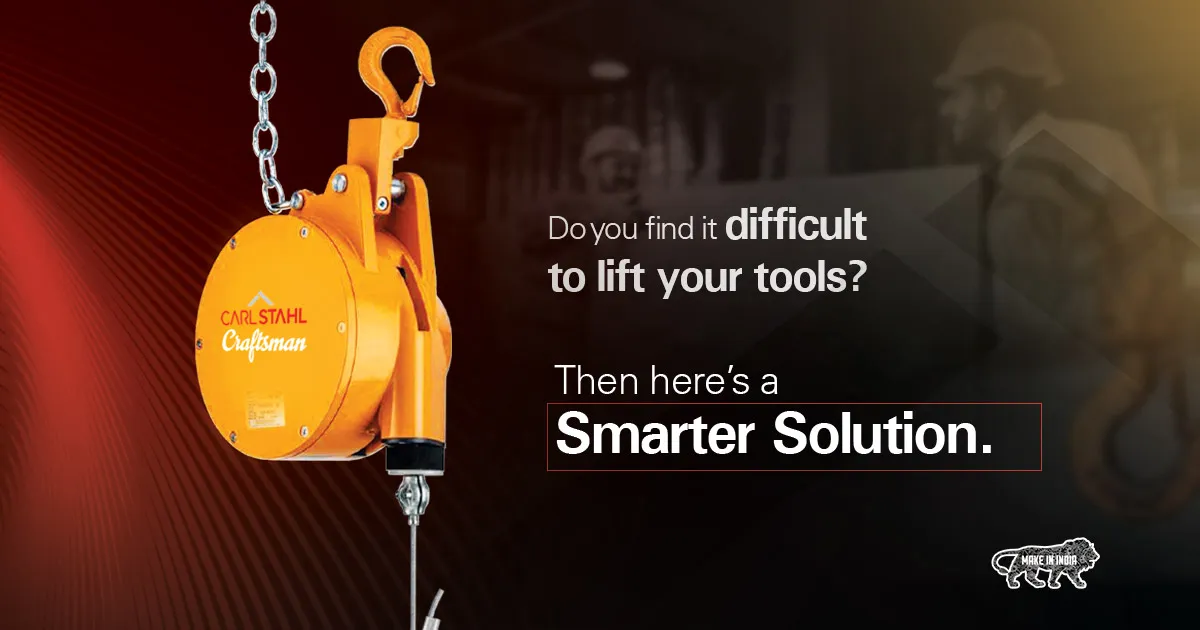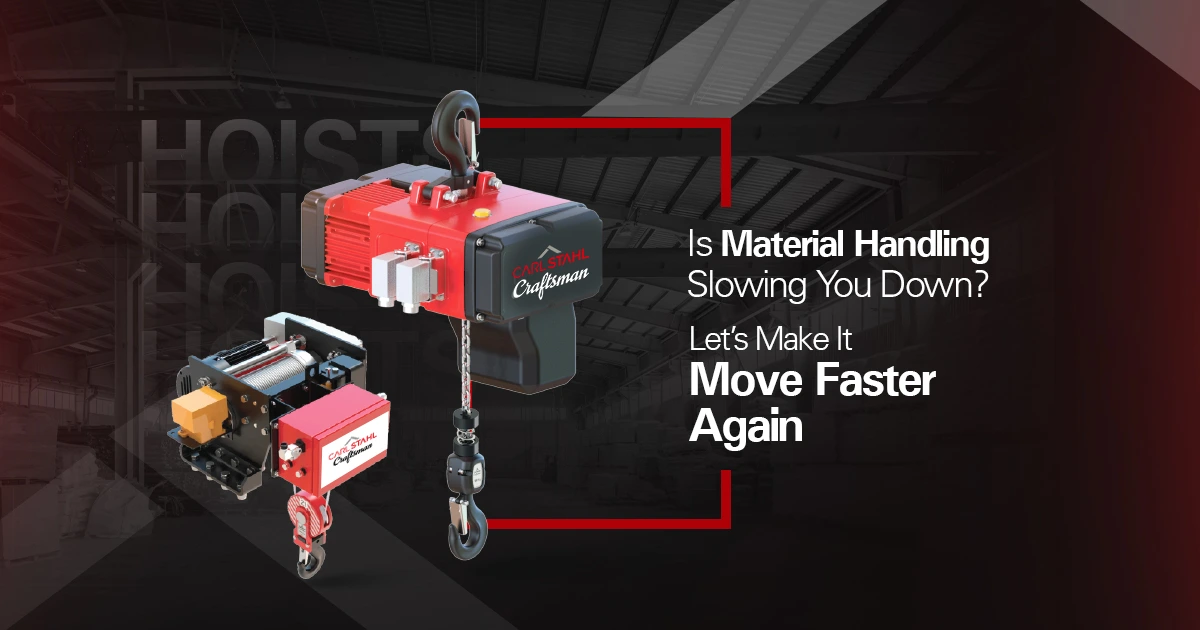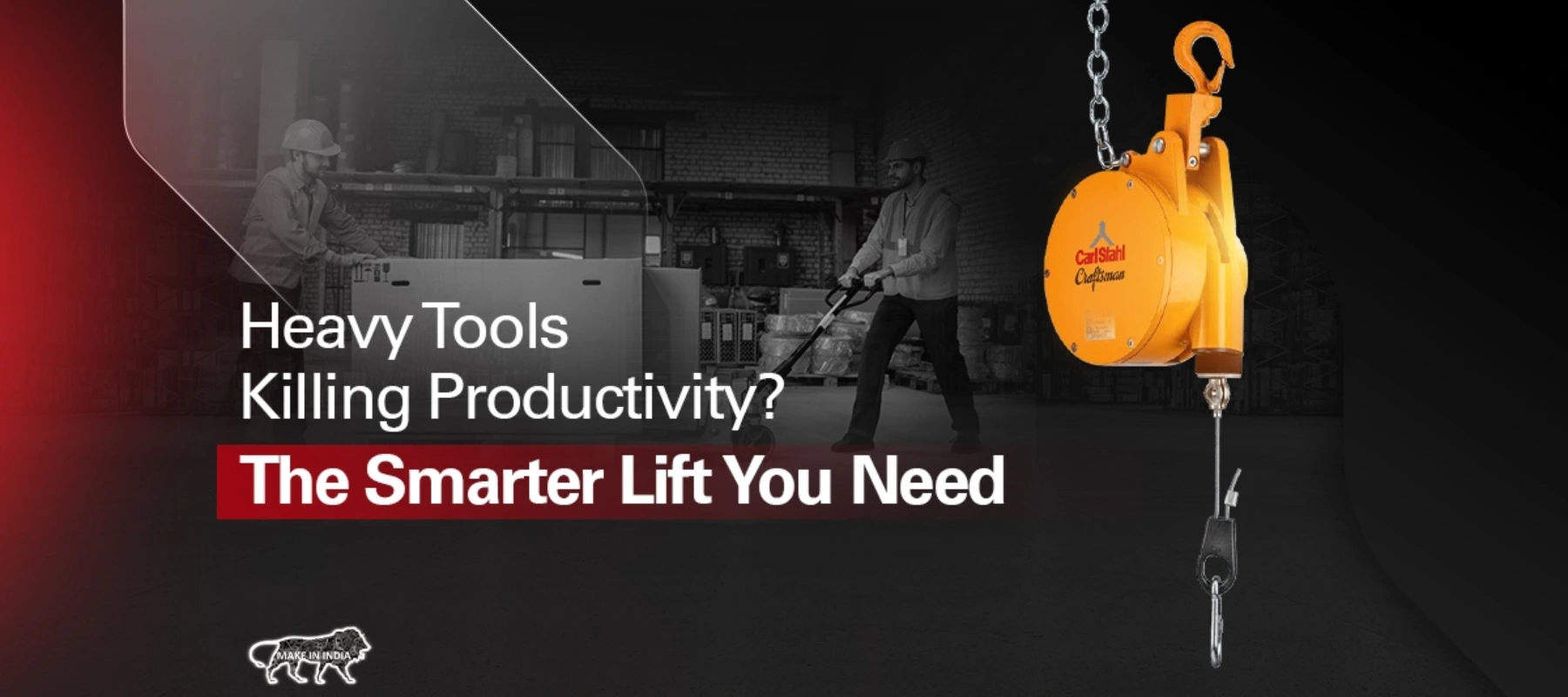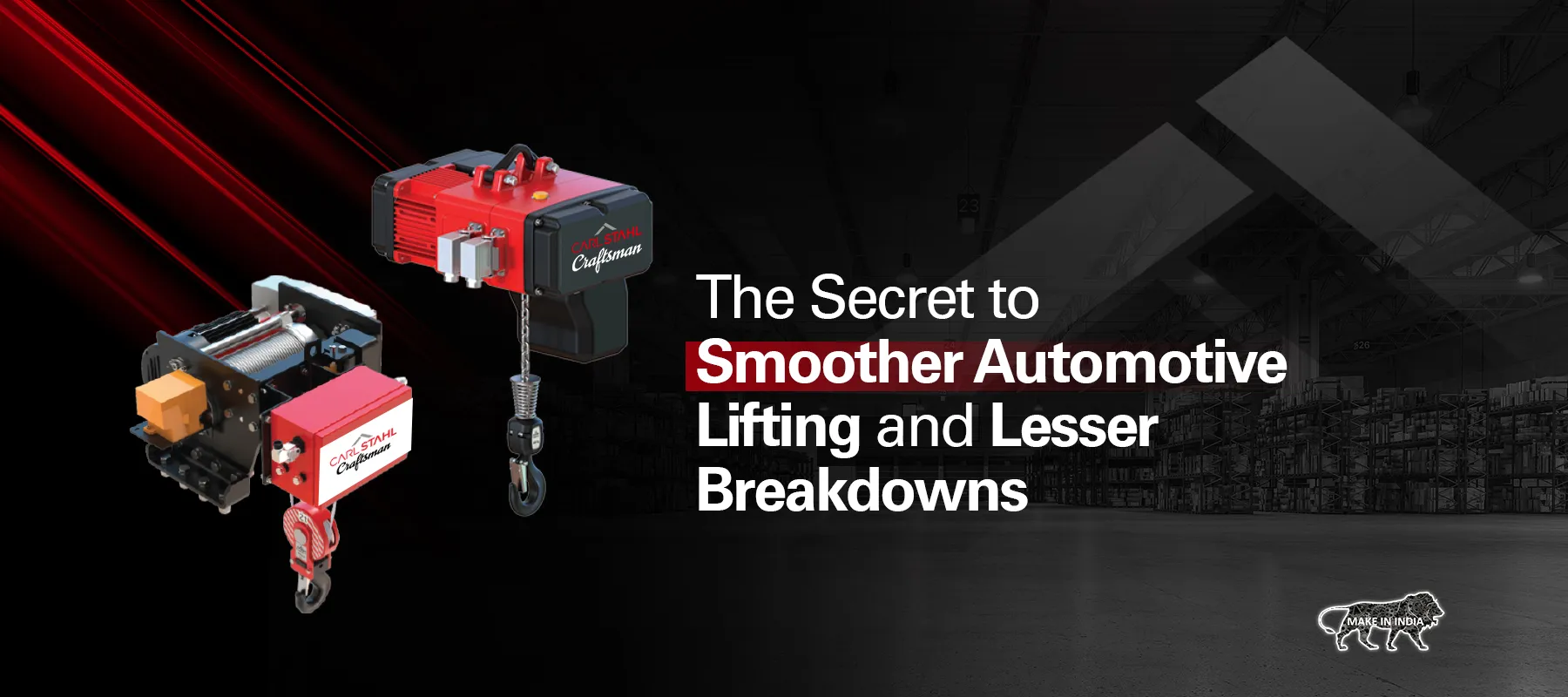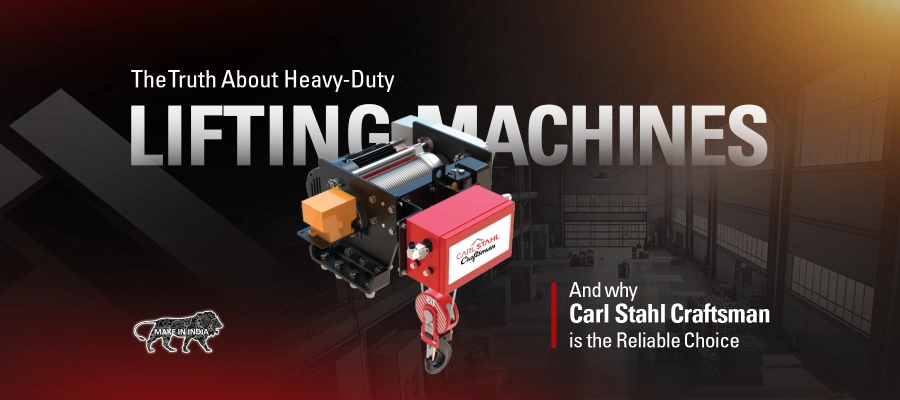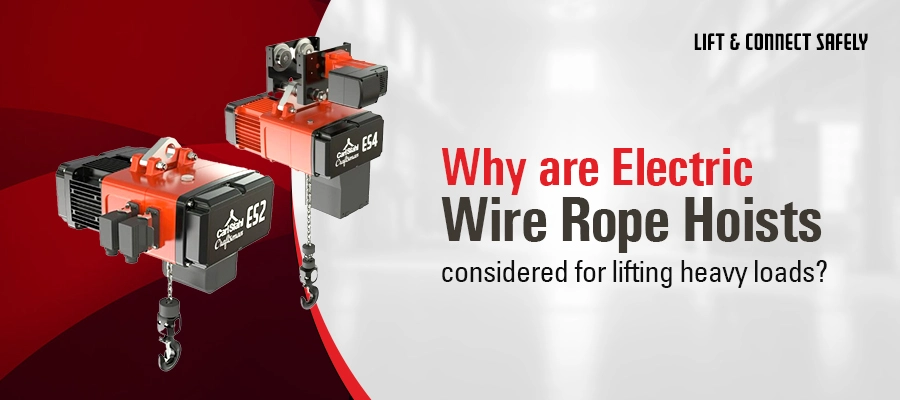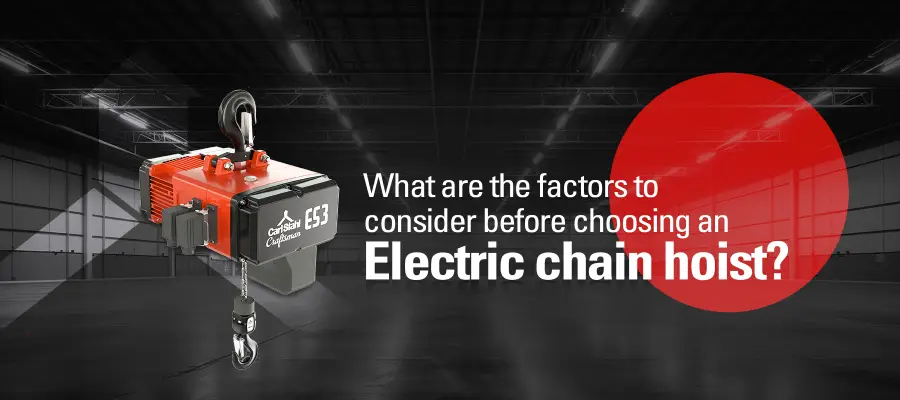
Exploring Pneumatic Hoists: Mechanism and Operation Unveiled
06 Jan, 2024
In the realm of material handling, where the efficiency and precision of lifting operations are of utmost importance, Pneumatic Hoists emerge as versatile and robust tools, reshaping the landscape of heavy load handling. Operating on compressed air rather than electricity, these hoists prove to be reliable solutions, especially in environments where electrical constraints or safety concerns are prominent.
Comprising key components such as the air motor, hoisting mechanism, and a sophisticated control system, Pneumatic Hoists exhibit a unique operational mechanism. The air motor, at the core of these hoists, converts compressed air into mechanical power, propelling the hoisting mechanism. This mechanism, equipped with gears and a drum or chain wheel, orchestrates the controlled movement of the load during lifting and descent. The inclusion of a comprehensive control system, featuring variable speed control and precision lifting capabilities, empowers operators to manage the lifting process efficiently.
The operational sequence begins with air compression, achieved through an air compressor, storing compressed air in readiness. Upon initiation of the lifting process, the compressed air is directed to the air motor, activating it to convert stored energy into mechanical power. This, in turn, engages the hoisting mechanism, lifting the load with a controlled and efficient movement. Pneumatic Hoists often incorporate features for controlled descent, ensuring precise lowering of the load, a critical aspect in applications requiring delicate handling.
Pneumatic Hoists bring a host of advantages to the table. Notably, their explosion-proof operation makes them inherently safer in potentially hazardous environments, as they do not rely on electricity. Their simplicity of design and the absence of complex electrical components contribute to durability and reliability, requiring minimal maintenance for consistent performance over time. Additionally, these hoists offer variable speed control, allowing operators to adjust lifting speeds according to specific task requirements. Their proficiency in precise load positioning makes them ideal for industries where accuracy is paramount, such as manufacturing and assembly.
Finding applications across a spectrum of industries, including manufacturing, construction, and offshore operations, Pneumatic Hoists showcase their versatility and ability to operate in challenging environments. As reliable and efficient solutions powered by compressed air, these hoists play a crucial role in the material handling domain. Understanding their key components and operational principles provides valuable insights into their functionality, positioning Pneumatic Hoists as powerful tools in the ever-evolving landscape of material handling.

